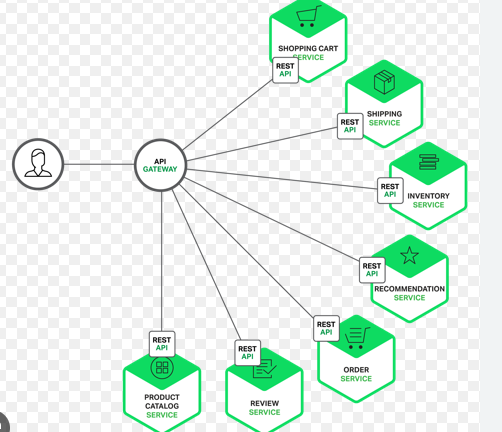Platform Engineering Automation
- RNREDDY

- Sep 10
- 2 min read

Kubernetes Platform Engineering Automation
If your Kubernetes setup still involves manually applying YAMLs, chasing environment drift, or waiting on infra teams to create namespaces, you're behind.
Platform Engineering in 2025 is about real automation. Not slides. Not concepts. Actual systems that abstract Kubernetes complexity without hiding it entirely.
Here’s what this looks like when it’s properly wired.

1. Self Service Starts with Pre Built Stacks
You provide devs a Git repo or a Backstage plugin with a list of base stacks like:
Node.js app with HorizontalPodAutoscaler, readiness/liveness probes, sealed secrets, and Istio sidecar pre wired
Python app with Trivy scan in the CI pipeline, Karpenter annotations for scaling, and Prometheus metrics exposed via /metrics
Dev runs one CLI command or clicks "Create App" on a dashboard, and this base stack is deployed into their namespace.
No platform team involvement. The secret? These stacks are built and versioned as Helm charts or Kustomize overlays, tested via CI, and managed like any other code.
2. GitOps Drives Everything
ArgoCD or Flux watches specific Git repos:
infrastructure/apps/dev/team-a/techops-app
Commit triggers sync. Devs don’t deploy, they merge.
ArgoCD AppProjects restrict which namespaces and clusters a team can access. You enforce policies with Kyverno or OPA:
No image tags allowed except SHA digests
Resource limits must be set
Only specific registries are allowed
Sync waves ensure services deploy only after dependencies (like databases) are ready.
3. Security is Embedded in Pipelines
CI pipelines (GitHub Actions, GitLab CI, or Tekton) run:
trivy fs . to scan the repo for secrets and vulnerabilities
kubeconform to validate manifests against the Kubernetes API
kubescape or opa test to enforce internal policies
helm unittest for chart behavior
If any of these fail, the merge is blocked. If it passes, it’s deployed. And all of this is visible in a single PR.
4. Observability and Feedback Loop
Each deployed app gets:
Prometheus scraping via ServiceMonitor
Logs shipped with Fluent Bit to Loki
Traces pushed to Tempo or Jaeger
Dashboards auto generated via Jsonnet in Grafana
You template this across all apps.
Bonus: push links to these dashboards back into the developer portal or Slack via webhook.
5. Secrets and Config Management
Secrets are managed using External Secrets Operator:
Configured to pull from AWS Secrets Manager or HashiCorp Vault
Synced into the namespace using CRDs like ExternalSecret and SecretStore
No developer touches the real secrets. They reference them via envFrom in the deployment spec.
6. Resource Optimization Done Right
Use VPA or Goldilocks to recommend CPU/mem settings. Use Karpenter for dynamic scaling based on taints and tolerations. Track spend per namespace with kubecost.
If a dev over allocates memory, you see it. If a pod restarts from OOM, you alert it. Everything is observable.
This Is Platform Engineering Automation
It's not a dashboard. It's a Git based, policy driven, observable system. With controls, templates, and feedback loops.
If you’re still managing Kubernetes like a collection of APIs, this is your wake up call.



Comments